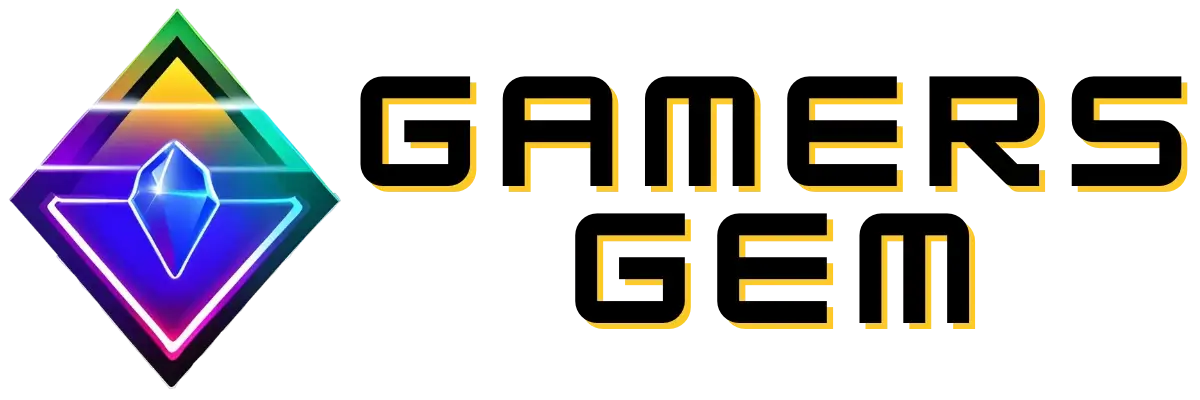Time for some flashbacks with some 80s video game consoles. Let’s have a look at 8 consoles from the 1980s and remember the good old times spending some hours playing our favorite games.
Top 10 of 80s Video Game Consoles
The 80s ushered in a golden age for video gaming, with 80s video game consoles evolving from simple entertainment devices into cultural icons. Each console brought its unique flavor to the industry, carving out a space in gaming history. Let’s take a stroll down memory lane and look at the top consoles that defined a decade of gaming.
Atari 5200

Release: 1982
The Atari 5200 was an attempt to improve on the earlier 2600 model, providing better graphics and a more advanced controller. Despite solid game titles, its overall performance in the market was hindered by the controller’s lack of reliability.
Atari 7800

Release: 1986
Launched after the video game crash of 1983, the Atari 7800 was designed to be backward compatible with the 2600 games, offering gamers a massive library of titles. It was praised for its enhanced graphics capabilities compared to its predecessors.
Nintendo Entertainment System

Release: 1985
The Nintendo Entertainment System (NES) is often credited with reviving the home console market after the crash. Its iconic game library, featuring titles such as “Super Mario Bros.” and “The Legend of Zelda,” left a lasting impact on the industry.
Sega SG-1000

Release: 1983
SEGA’s first foray into the console market, the Sega SG-1000, laid the groundwork for the company’s future success. Though overshadowed by its competitors, it was an important stepping stone for SEGA’s console development.
Sega Master System

Release: 1986
The Sega Master System was SEGA’s answer to the NES, sporting superior hardware but straggling in the game library race. Its impact was more profound in Europe and South America than in the United States.
ColecoVision

Release: 1982
With its focus on bringing arcade-quality games into the living room, ColecoVision offered an impressive graphical display that outshone much of its competition and featured a renowned port of “Donkey Kong.”
Game Boy

Release: 1989
Though technically a handheld and not a home console, the Game Boy revolutionized the gaming world with its portability. Its release in 1989 capped the decade with the beginning of mobile gaming domination.
Intellivision

Release: 1979
The Intellivision from Mattel Electronics stood out with its strong focus on sports titles. Its unique controller and forward-thinking network expansion plans were innovative for the time.
Evolution of 80s Video Game Consoles

As we explore the 80s, a period that revolutionized home gaming, we’re delving into an era where Atari, Nintendo, and Sega battled for dominance in living rooms around the world. This is the story of how 80s video game consoles transformed from novel toys to significant icons of pop culture.
Rise of Home Consoles
The 1980s saw an impressive expansion of the video game market, particularly in North America. Early in the decade, the Atari 2600 dominated the arena of home consoles, offering a variety of games and popularizing home gaming.
Other systems like Intellivision and ColecoVision also entered the fray, each contributing its own innovations and helping to expand the audience for video games.
Notable Console Releases
Midway through the 80s, the industry was rejuvenated with the introduction of new consoles. The Nintendo Entertainment System (NES), released in North America in 1985, became a household name, with iconic games that have stood the test of time.
Not to be outdone, Sega entered the scene with the Sega Master System, which, although less popular in the States, showed the potential for more advanced graphics and richer game experiences.
Impact of the Video Game Crash of 1983
The video game crash of 1983 was a crucial event that reshaped the industry. Over-saturation of the market, low-quality games, and a lack of consumer confidence led to a massive downturn.
However, this crash also cleared the way for the resurgence of home consoles, particularly through the efforts of companies like Nintendo, who imposed stricter quality controls and revived the North American market—this period effectively marked the transition to the fourth generation of video game consoles, setting the stage for the modern gaming era.
Iconic Games and Franchises

When we reminisce about 80s video game consoles, we’re immediately transported to a time of pixelated adventures and the rise of gaming icons that have stood the test of time. From home consoles bringing the arcade experience to our living rooms to the birth of characters that have become almost universal cultural icons, the 1980s was undeniably a breakthrough era for video games.
Advent of Arcade Game Ports
Arcade games sparked a revolution in entertainment, and 80s consoles excelled at bringing these exhilarating experiences home. Space Invaders, with its tense shooting action against waves of alien forces, and Pac-Man, the maze-chase game that became a social phenomenon, were among the first arcade games to be ported to home systems.
Titles like Galaga and Asteroids further emphasized the consoles’ ability to capture the arcade spirit, bringing the challenge and competitiveness of arcade gaming into our homes. Their simplicity and addictive gameplay solidified them as mainstays in gaming culture.
- Galaga: Challenge stages and dual-fighter gameplay
- Asteroids: Vector-based graphics; endless space shooter
Birth of Iconic Characters
The 80s gave us a treasure trove of beloved characters to this day. Mario, initially recognized as “Jumpman” from the arcade game Donkey Kong, skyrocketed to fame with his franchise, beginning with Super Mario Bros. The Legend of Zelda introduced us to Link, embarking on a quest that would span generations of games.
We can’t forget about Samus Aran from Metroid, whose reveal as a woman at the game’s end was a landmark moment, or Sonic the Hedgehog, Sega’s answer to Mario, who wouldn’t debut until the tail-end of the decade but was conceived in the 80s ethos.
- Mario: Platforming pioneer from Super Mario Bros.
- Link: Protagonist of The Legend of Zelda series
- Samus Aran: The surprise heroine of Metroid
- Sonic: Sega’s mascot with blazing speed
These characters shaped the video game franchises we adore and laid the groundwork for the vast and diverse gaming universes we explore today.
My 80s video game console
I was born in the 90s, so I never used one of the 80s video game consoles in this decade. But when I was 8 years old, I used the successor console of the Game Boy console.
The Game Boy Color. My first game was the Pokemon Yellow console. I loved to play this game and I spent a lot of time on this game.
FAQ
Can I connect my 80s video game console to a modern TV?
Yes, using an adapter or modded cables.
How do I fix a blinking red light on my console?
Check connections and clean the cartridge slot.
Are there any maintenance tips for preserving my console?
Store in a cool, dry place and clean regularly.
If you liked this post about 80s video game consoles don’t forget to follow us on Pinterest so you don’t miss any more video game news!

